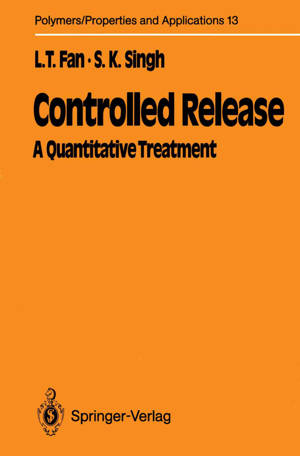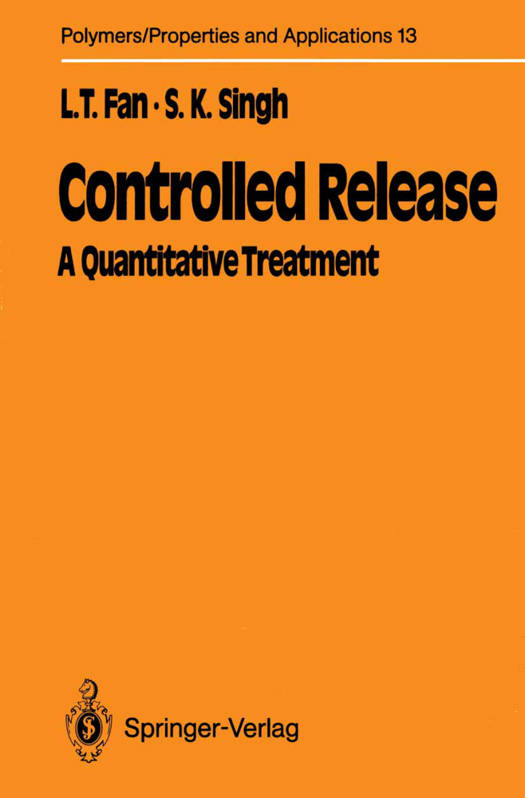
- Afhalen na 1 uur in een winkel met voorraad
- Gratis thuislevering in België vanaf € 30
- Ruim aanbod met 7 miljoen producten
- Afhalen na 1 uur in een winkel met voorraad
- Gratis thuislevering in België vanaf € 30
- Ruim aanbod met 7 miljoen producten
Zoeken
Omschrijving
The concept of controlled release has attracted increasing attention over the last two decades, with the applications of this technology proliferating in diverse fields in- cluding medicine, agriculture and biotechnology. Research and developmental efforts related to controlled release are multiplying in both industry and academia. The reason for this phenomenal growth is obvious. The use of a variety of biologically active agents, such as drugs, fertilizers and pesticides, has become an integral part of modern society. Along with the use of these reagents has evolved an awareness that their uncontrolled application almost inevitably induces harmful effects on the health of humans and their surrounding environments. To eliminate or minimize these harmful effects necessitates the controlled release of these chemicals. Moreover, the controlled release of substances, not usually considered toxic or hazardous, e.g., some catalysts and nutrients, can enhance their effectiveness. The numberand variety of controlled release systems, differing in their physical and chemical makeup, are increasing rapidly. Proliferation almost always demands correlation, generalization and unification; it requires both the development of underlying theories of their behavior and the mechanistic interpretation of their performance. This, in turn, requires a statistical and mathematical (quantitative) treatment of the scientific information and technical data pertaining to them. A quantitative treatment can also facilitate the formulation of procedures for computer-aided design of these systems through a priori prediction of their per- formance for a variety of design parameters.
Specificaties
Betrokkenen
- Auteur(s):
- Uitgeverij:
Inhoud
- Aantal bladzijden:
- 233
- Taal:
- Engels
- Reeks:
- Reeksnummer:
- nr. 13
Eigenschappen
- Productcode (EAN):
- 9783642745096
- Verschijningsdatum:
- 21/12/2011
- Uitvoering:
- Paperback
- Formaat:
- Trade paperback (VS)
- Afmetingen:
- 170 mm x 244 mm
- Gewicht:
- 399 g

Alleen bij Standaard Boekhandel
+ 335 punten op je klantenkaart van Standaard Boekhandel
Beoordelingen
We publiceren alleen reviews die voldoen aan de voorwaarden voor reviews. Bekijk onze voorwaarden voor reviews.








